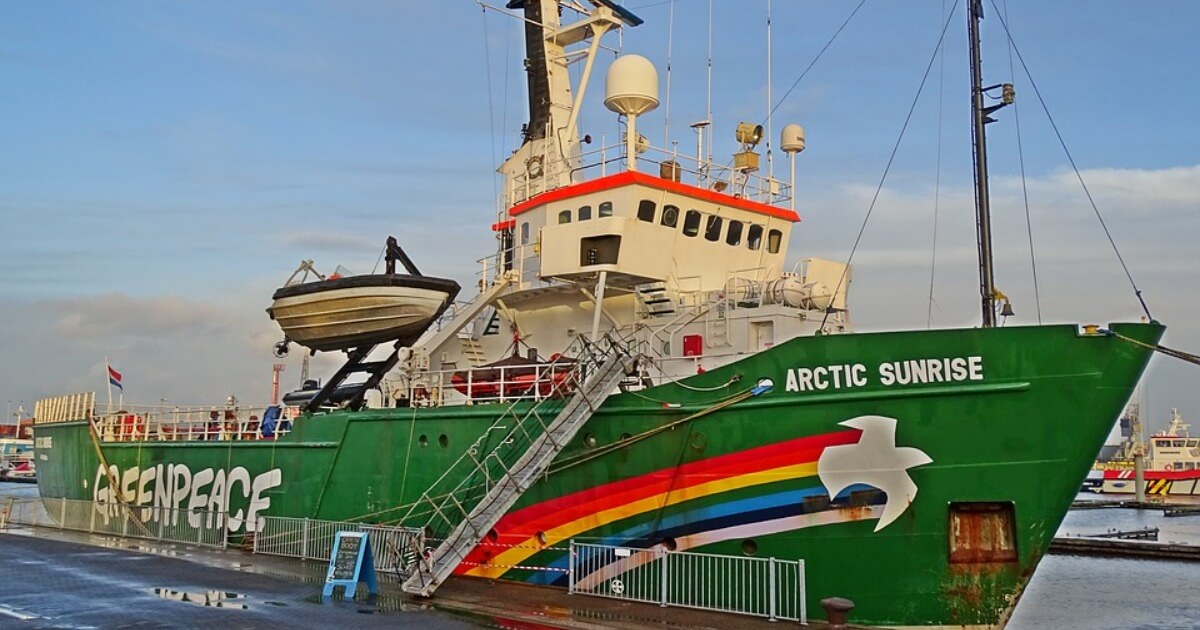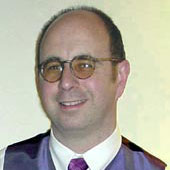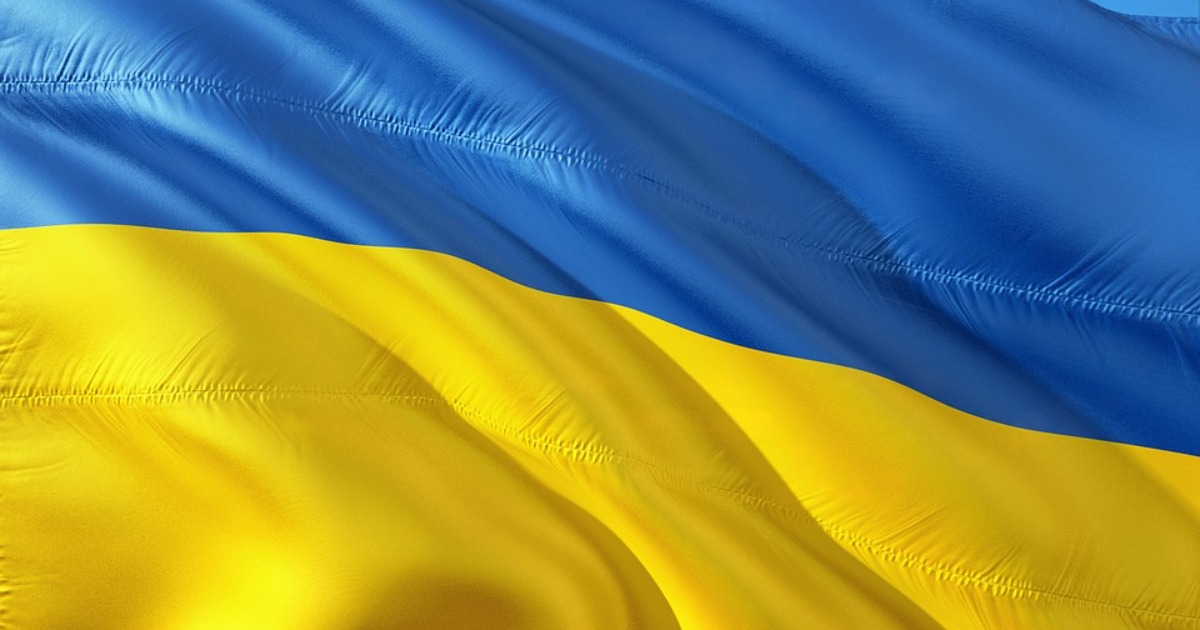Where Greenpeace and Cato Align
Any 21st century solution to the problem of poorly defined ownership rights is likely to be built on incorruptible, probably non-governmental platforms.
January 13, 2022

Opaque land ownership rights engender corruption. Opposing organizations Greenpeace and Cato should unite in canvasing for the adoption of a blockchain register countering dead capital.
Two opposing agendas
Greenpeace is one of the world’s most influential non-governmental organizations. With offices in 55 countries, several thousand staff, and a budget in the hundreds of millions of Euros range, it is committed to campaigning against climate change, deforestation, commercial whaling, genetic engineering and the nuclear industry.
The Cato Institute, by contrast, is much smaller: Just 100 staff (plus 46 faculty and 70 adjunct faculty) and an operating budget of around $31 million. It was founded by the Koch brothers and is committed to free markets and other libertarian causes.
Seeing eye to eye on one matter
These two groups do not often agree with each other, but when they do, it is worth taking note of what they are saying.
I was interviewing Rolf Skar, Special Projects Manager at Greenpeace who directs the organization’s forestry campaigns. He told me something which sounded as though it could have come straight from the Cato Institute and, in particular, from Cato’s Nobel Prize-winning economist, Hernando de Soto.
Opaque land ownership
Skar argued that one of the biggest problems, and biggest contributions to deforestation in Indonesia is lack of transparency around land ownership rights. There’s no single map defining land ownership, and the system has become hopelessly corrupted.
Any official with a Sharpie can change the map. This corruption allows small landowners to be bulldozed aside with no recourse to defending their rights in court. He suggested the situation was similar in Brazil, and, no doubt, in many other countries.
The risk of dead capital
Poorly defined ownership rights create what economists call “dead capital.” This is something to which people have a de facto claim, but not one that is backed up in law. De Soto estimated in 2015 that around 5.3 billion people own almost $10 Trillion in dead capital.
Examples of dead capital include land where ownership records are unclear or contradictory, or where there is no legal recourse to enforce ownership rights.
Other examples include informal dwellings built on land that is not designated for residential building.
A problem especially in the developing world
This happens in heavily regulated cities in developed countries but is far more widespread in the developing world. Market traders respect each other’s “ownership” of a particular roadside pitch or timeslot in lieu of a formal record of ownership.
Tied hands
Without official title, these “owners” cannot sell or bequeath their assets nor can they borrow money secured against their ownership. There’s no opportunity for their enterprises to grow fracturing the cascade of wealth between the generations.
Governments failing their people
Corruption and incompetence in administration is leading governments on every continent to fail in one of their foremost duties: protecting the rights of people to build better lives for their families.
Massive devastation of the world’s forests is just one of the consequences. Trapping people in poverty and the destruction of indigenous peoples follow from the same inability to protect land rights.
A special synergy
When such opposing organizations as Greenpeace and the Cato Institute are aligned on their analysis of the problem, there must be potential for cooperation: a manifesto or charter for land rights that both can endorse.
This, then, is the challenge: Can Greenpeace and the Cato Institute come together to negotiate such a manifesto? It would be a statement of the problem alongside an outline of steps which governments can take to solve the problems.
Saved by the blockchain
Any 21st century solution to the problem of poorly defined ownership rights is likely to be built on incorruptible, probably non-governmental platforms.
An unhackable blockchain property rights register can operate entirely outside the control of corruptible officials.
Since we are seeking a decentralized system, it makes sense to get it adopted in a few countries first. The early adopters will benefit from early investment and a smoother transition to a functioning economy, but later adopters may benefit from tweaks to the technology.
Potential forerunners
Indonesia is the fourth-largest country in the world by population and 14th by land area. Brazil is the sixth-largest by population and fifth by area, so these two should be enough to be going on with.
Corruption is an insidious cancer which corrodes cooperation and sews cynicism. It tilts power and wealth away from voluntary exchange towards force and coercion.
Rainforests are home to the trees which sequester carbon, the biodiversity which promises future pharmacological breakthroughs and previously undisturbed indigenous peoples. Corruption of land records threatens all of this.
Conclusion
For the first time, technology offers a solution to the problem that devastates the environment and blights the prospects of some 70% of the world’s people.
The practical experience and the moral weight of Greenpeace and Cato can map a path to the solution.
Takeaways
Opposing organizations #Greenpeace and #Cato should unite in countering the opaque #landownerrights that breed “deadcapital” and #corruption.
The lack of transparency around land ownership rights in #Indonesia and #Brazil fractures the cascade of wealth between generations and fosters stagnation.
An unhackable #Blockchain property rights register could protect landowners against corruptible officials.
In collaborating to counter #deadcapital using tech solutions, #Greenpeace and #Cato can create a roadmap for fighting corruption and administrative incompetence across the world.

